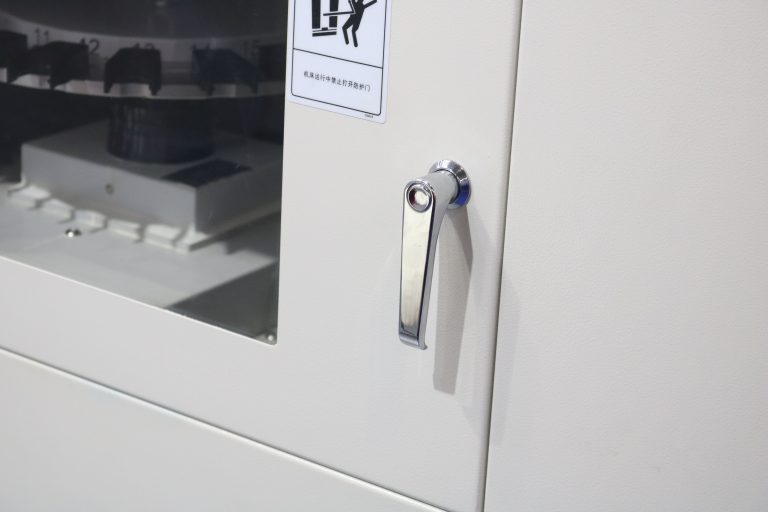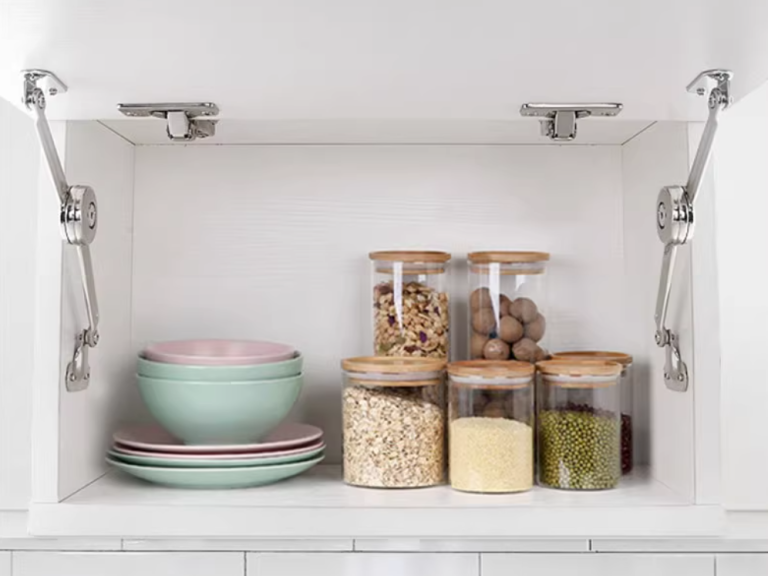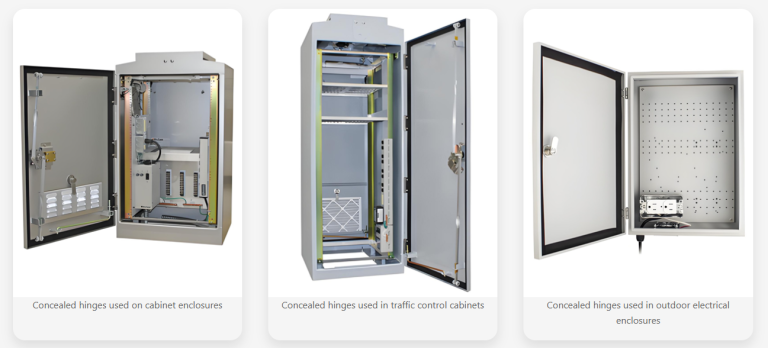HTAN is one of the leading manufacturers of industrial hinges, handles and latches in China.
The role of hinges and latches cannot be overstated, serving as critical elements responsible for both functionality and security across diverse objects and structures. Within the realms of architecture, furniture production, and industrial operations, these mechanical devices serve as indispensable tools for guaranteeing seamless operation and robust locking systems. This discourse explores the intricate details of hinges and latches, examining their significance, classifications, and applications across varied sectors.
1. Comprehending the Fundamentals of Hinges and Latches
-1.png)
Hinges, as mechanical devices, facilitate the pivoting or rotating motion of doors, windows, or any other object. They are engineered to offer a complete 360-degree rotation and are frequently employed in doors, gates, and certain types of furniture. Conversely, latches are straightforward locking mechanisms that secure a door or lid, typically necessitating a key or a code for release.
2. Diverse Varieties of Hinges

Numerous types of hinges exist, each tailored to meet distinct requirements and applications. Some of the prevalent types encompass:
Ball bearing hinges: Renowned for their robustness and fluid operation, these hinges are optimal for heavy-duty doors and windows.
Butterfly hinges: With their distinctive butterfly-shaped configuration, these hinges serve both aesthetic and lightweight functions.
Pivot hinges: Typically utilized in commercial edifices and high-security environments, pivot hinges offer a comprehensive 360-degree rotation and exhibit exceptional durability.
3. Different Styles of Latches
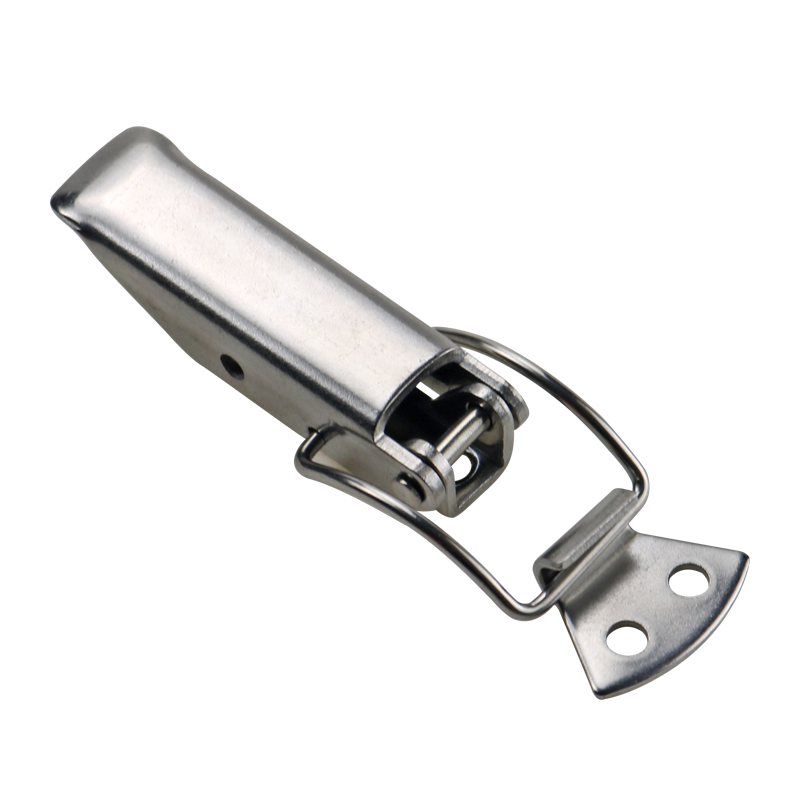
Latches manifest in various formats, each possessing unique attributes and applications. Some of the most prevalent styles of latches comprise:
Spring latches: These latches engage automatically upon door closure and can be effortlessly disengaged by a simple push or pull.
Deadbolts: Deadbolts are devised for security purposes and necessitate a key or a code for unlocking.
Mortise latches: Installed within the doorframe, mortise latches are recognized for their robustness and longevity.
4. Uses of Hinges and Latches
Hinges and latches find extensive utility across numerous industries and sectors. Herein are some noteworthy applications:
Architecture: Hinges and latches are employed in the erection of doors, windows, and gates in residential, commercial, and industrial structures.
Furniture: Hinges and latches are vital components in the fabrication of furniture pieces like cabinets, drawers, and desks.
Industrial operations: Hinges and latches are utilized in manufacturing facilities, machinery, and apparatus to ensure uninterrupted operation and secure locking.
Security systems: Latches form an integral component of security systems, providing a locking mechanism for doors, gates, and other access points.
In subsequent sections, we shall delve further into each of these facets, offering comprehensive insights and practical illustrations to aid your understanding of the pivotal role of hinges and latches in various applications. Whether you’re an architect, a furniture designer, or an industrial engineer, this article seeks to arm you with the requisite knowledge to proficiently utilize hinges and latches in your respective domains.


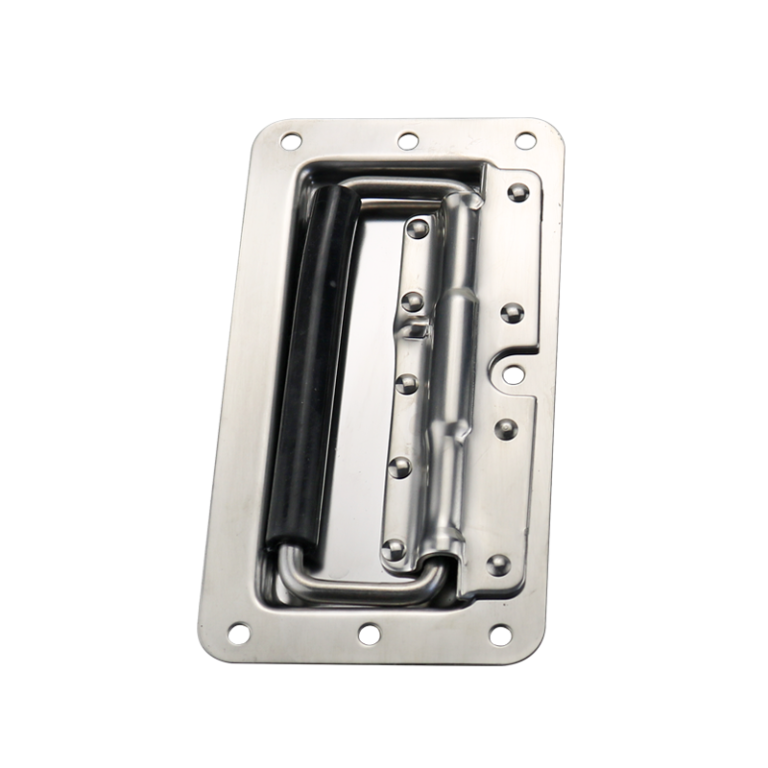

-768x768.png)
